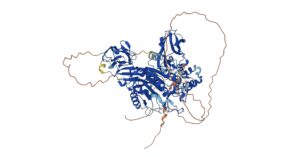Expect the unexpected
 While there has been much speculation and rah-rah over the supposed demise of oral therapies thanks to the introduction of the Inflation Reduction Act (IRA) of 2022 including the Part D Redesign, I’m increasingly finding important developments on the targeted therapies front to watch out for.
While there has been much speculation and rah-rah over the supposed demise of oral therapies thanks to the introduction of the Inflation Reduction Act (IRA) of 2022 including the Part D Redesign, I’m increasingly finding important developments on the targeted therapies front to watch out for.
In the third part of our ongoing mini-series on the PI3K and PIK3CA landscape we’re going to switch to a different example in this niche.
There are some key clinical data due out later this year, which ought to bear watching out for.
The question though, is why – and what ought we to be thinking about in a broader context?
Our latest article reviews the science, the players, the drugs, and explains how we got here…
To continue reading our latest highlights on oncology new product development including commentary and analysis BSB subscribers can log-in or you can click to access the content.
This content is restricted to subscribers








